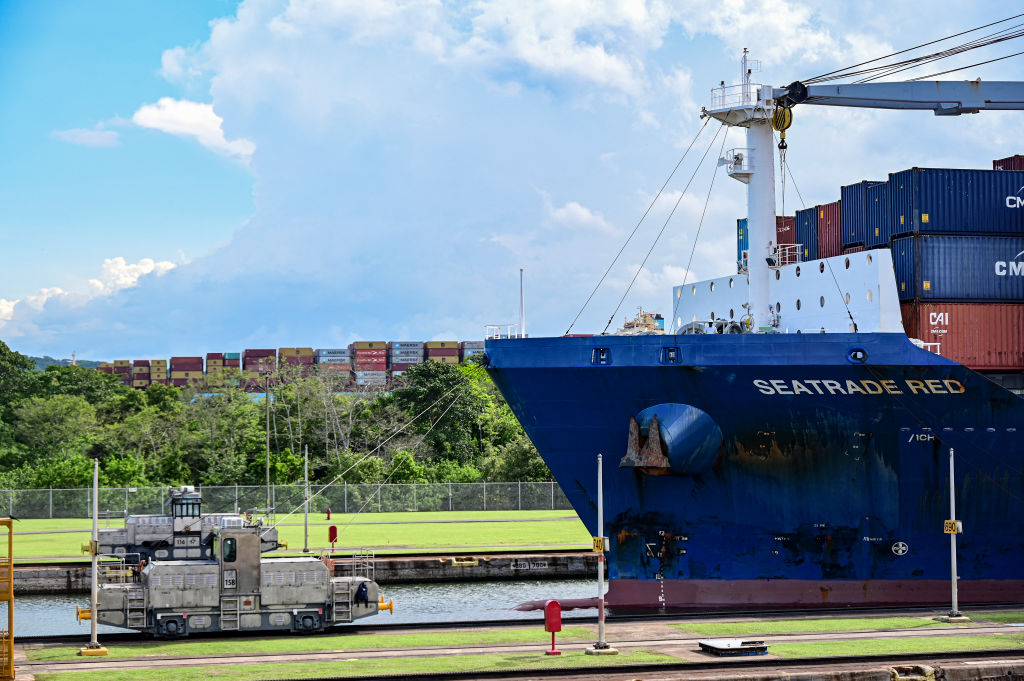Panama has agreed to waive fees, which amount to millions per year, for the U.S. government’s use of the Panama Canal, the State Department said.
The Department of State on Wednesday said that U.S. government vessels can now traverse the Panama Canal without having to pay charge fees, which will save the U.S. government millions of dollars per year.
“The government of Panama has agreed to no longer charge fees for U.S. government vessels to transit the Panama Canal,” the State Department said in a post on social media platform X.
Panama Canal charge fees, collected by the Panama Canal Authority (ACP), include base transit tolls, reservation fees, and penalties for no-shows.
The announcement comes after U.S. Secretary of State Marco Rubio met with Panama’s President Jose Raul Mulino on Feb. 2 during a six-day trip to Central America, which also brought Rubio to El Salvador, Costa Rica, Guatemala, and the Dominican Republic.
The State Department said Rubio would advance Trump’s America First foreign policy during his trip, which ends on Feb. 6.
After holding talks with Rubio, Mulino said on Feb. 2 that his country would not renew its participation in Beijing’s Belt and Road Initiative (BRI), also known as “One Belt, One Road.” Mulino said the agreement was set to expire in two to three years but could be terminated sooner.
Panama joined the BRI in November 2017, becoming the first Latin American country to officially sign up for the Chinese regime’s infrastructure projects. Five months earlier, Panama severed its diplomatic relationship with Taiwan.
President Donald Trump said he wanted to take back control of the Panama Canal on the first day of his presidency.
Currently, the Hong Kong-based CK Hutchison Holdings controls the two Panama ports that are at either end of the Canal—a significant concern given China’s control over Hong Kong entities. Two Chinese state-owned firms are also currently building a fourth bridge over the canal.
Trump has also accused the Central American country of charging excessive rates for passage through the canal, and raised concerns about the CCP’s wider influence over the Panama Canal area, citing the “Treaty Concerning the Permanent Neutrality and Operation of the Panama Canal” of 1977. The treaty paved the way for the United States to hand control of the canal to Panama in 1999. The canal’s neutrality was a requirement set forth by the treaty.
“If the principles, both moral and legal, of this magnanimous gesture of giving are not followed, then we will demand that the Panama Canal be returned to us, in full, and without question,” Trump said last month.
In response, Mulino had rejected Trump’s overture that the United States should retake the canal, which was largely built with the help of the U.S. Army Corps of Engineers, before the two nations signed the Torrijos-Carter Treaties in 1977. After a period of joint American-Panamanian control, the U.S. handed the Panama Canal over to Panama in 1999. The United States had governed territory around the passage for decades.
The Panama Canal Authority, the agency operating and managing the canal, didn’t respond to a request for comment by publication time.
Frank Fang, Aldgra Fredly, and Reuters contributed to this report.

